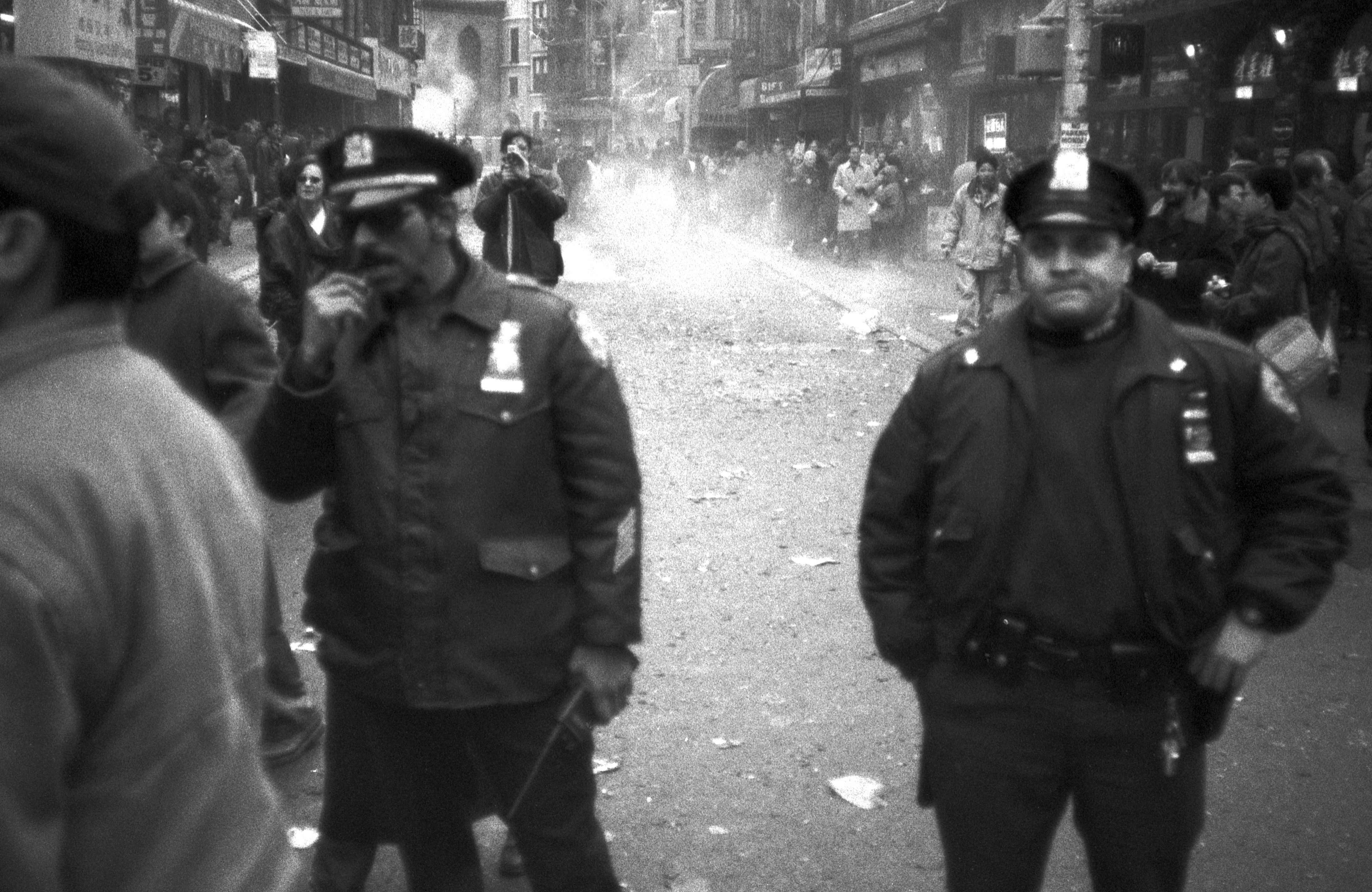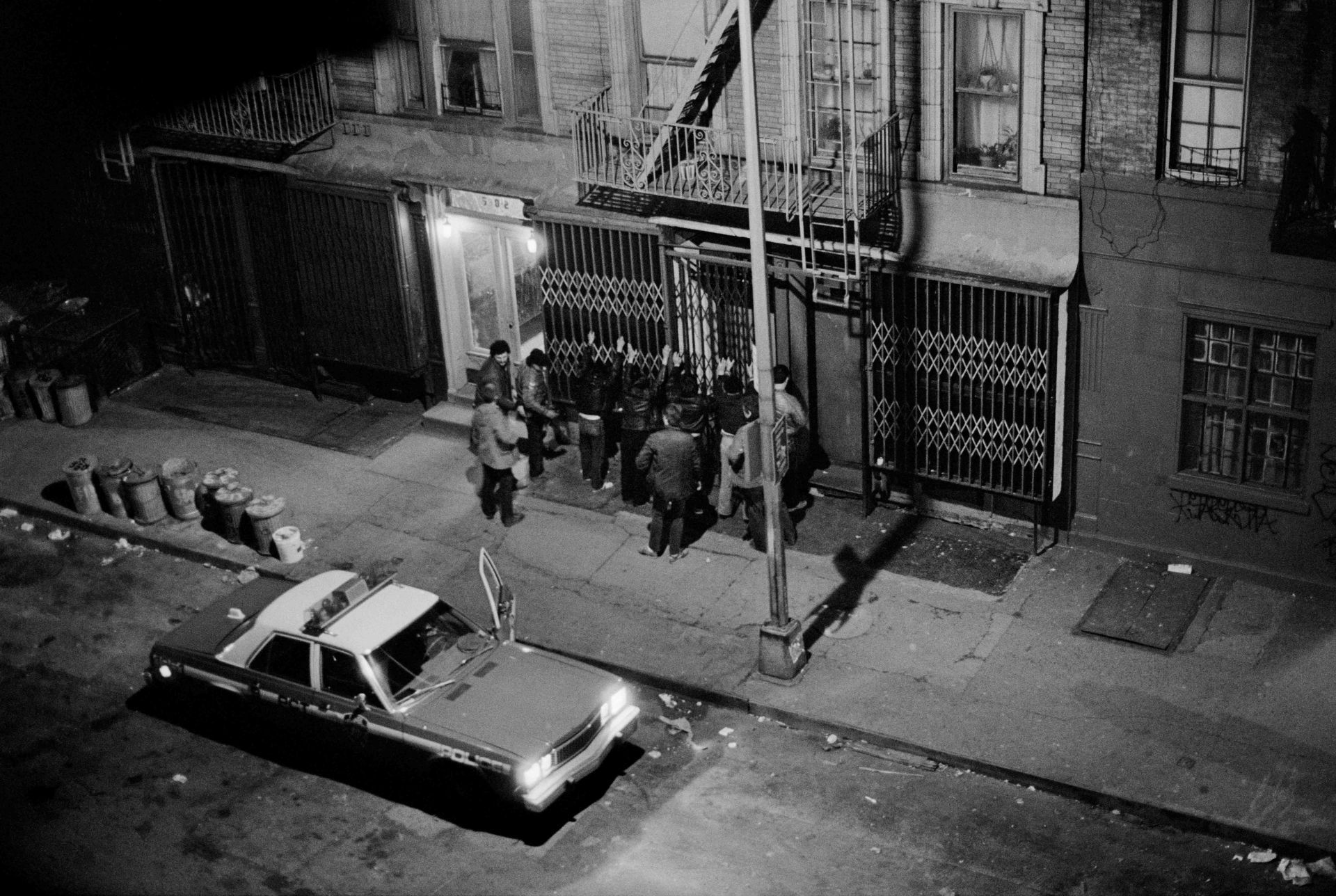the avant-garde, etc.
Richard Kern: American Fantasy
album no. 01
For the first monographic album of KALEIDOSCOPE’s new era, we have collaborated with American photographer, filmmaker, and underground artist Richard Kern, a cult figure who emerged in the 1980s from the No Wave scene in New York City with his early experiments in the “cinema of transgression.” Over four decades, Kern has earned a reputation as one of the most thought-provoking and uncompromising image-makers of his generation, illuminating the darker sides of human nature while challenging preconceptions about sexuality and power. More often than not, Kern’s subjects are young women, and much has been written on the blurred lines between exploitation, empowerment, and social commentary—just think of one of his best-known series, “Medicated,” which peeks behind the white picket fences of America’s suburban drug addiction. My mind leaps to Tiqqun’s revolutionary pamphlet Preliminary Materials for a Theory of the Young-Girl, a dissertation on capitalism’s ultimate form of merchandise: the living spectacle of female youth. In this light, we edited newly-commissioned bodies of work alongside special contributions by fellow artists and peers and gems from Kern’s archives such as his gritty black-and-white images of “Cars” and “Cops.” The title, AMERICAN FANTASY, speaks to a candy-coated delusion: a powerful, idealized narrative ripe with dreams, promises, and desires, yet rotten with complexities and contradictions.
ALESSIO ASCARI
American
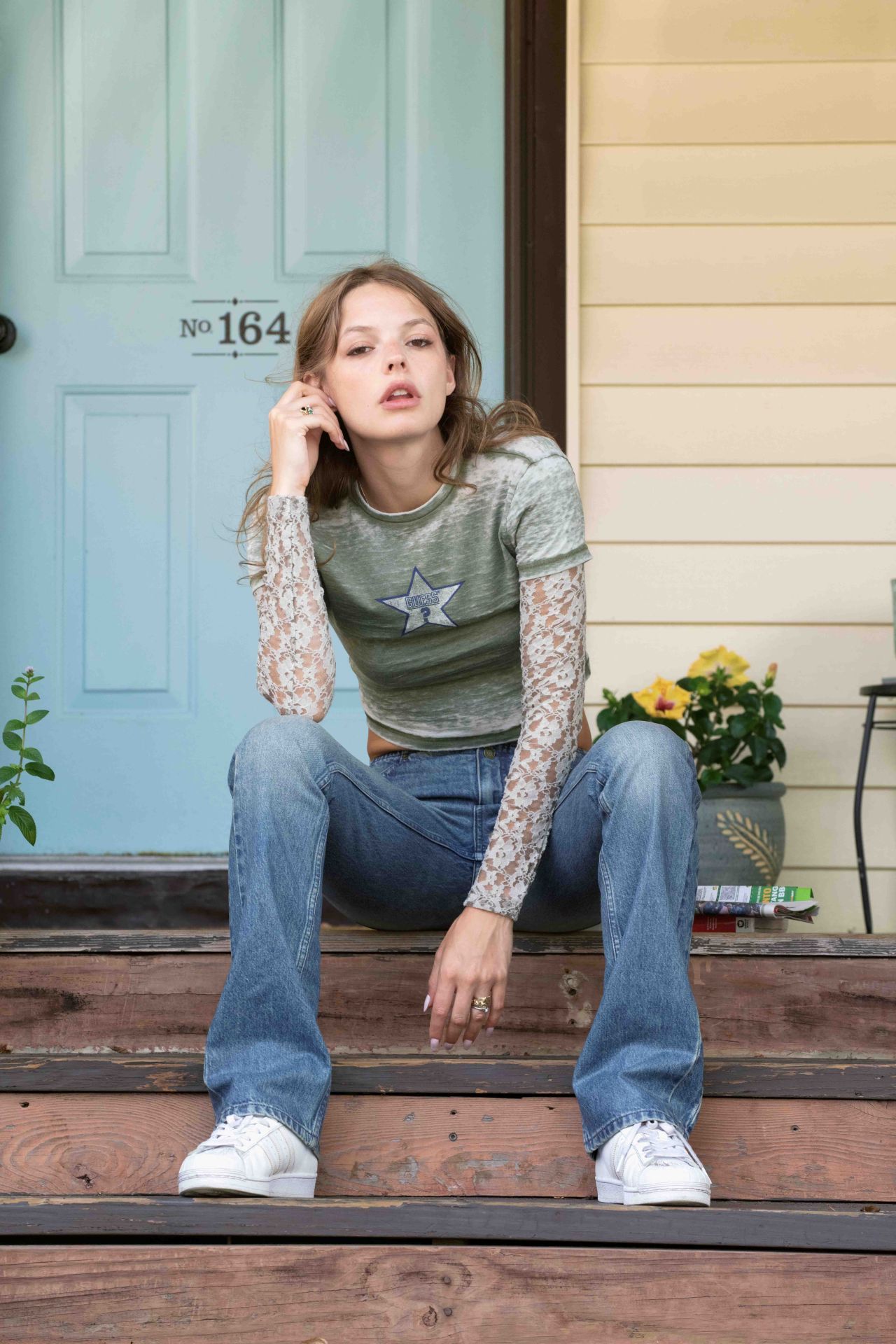

Fantasy
All Clothes Guess USAStarring Alana Champion

In 1995, Richard Kern released his first book, “New York Girls,” a document of the city’s underground, and a claustrophobic, theatrical testament to the sexy and nihilistic demi-monde of the era. Beginning in 2022, Richard Kern and No Agency New York set out to update the body of work with a new generation of transgressive and beautiful New York girls. Bella Newman, photographer, and model in the new series, responds to these images through a auto-fictional short story exploring the psychological tension of erotic photography.
New York Girls



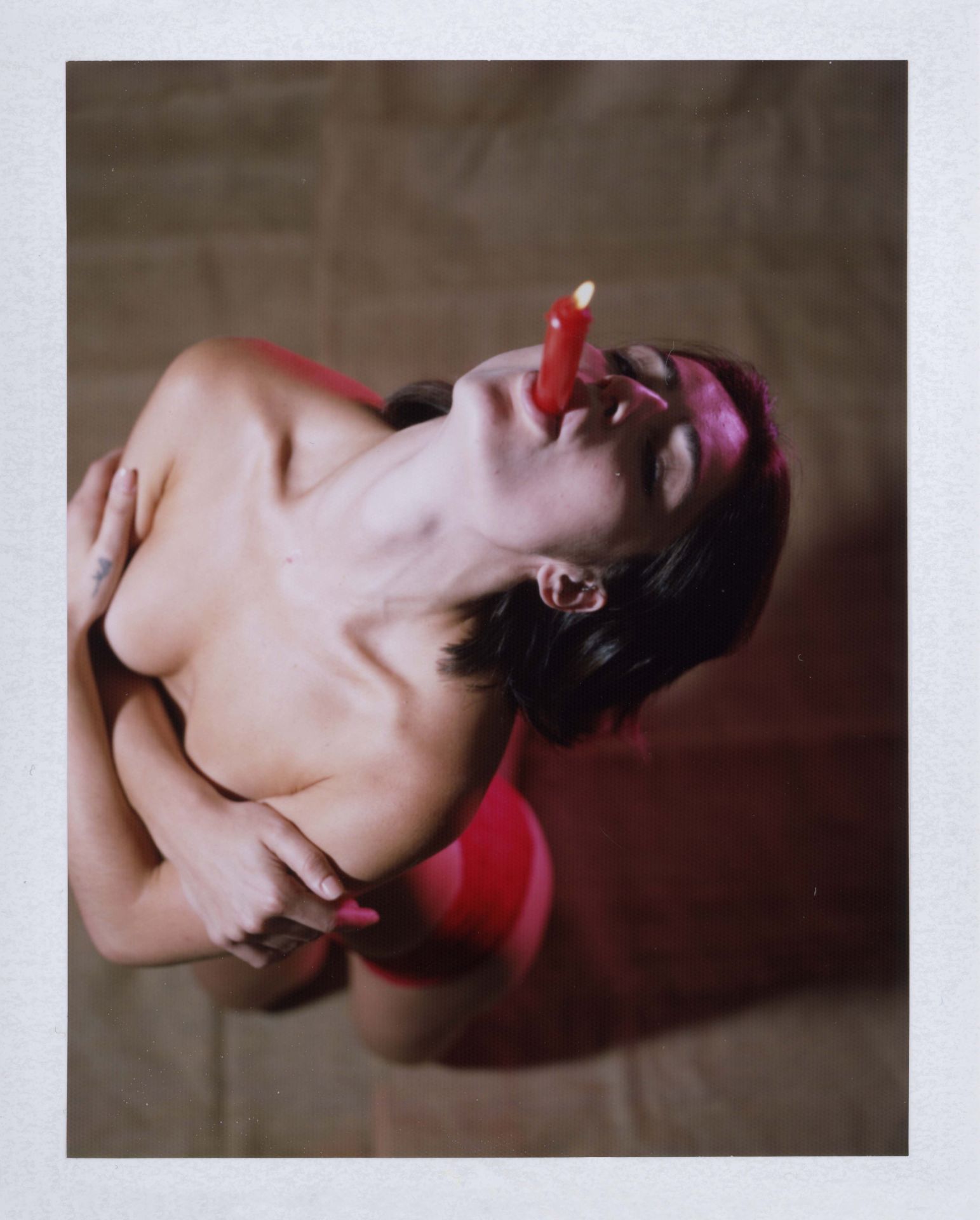

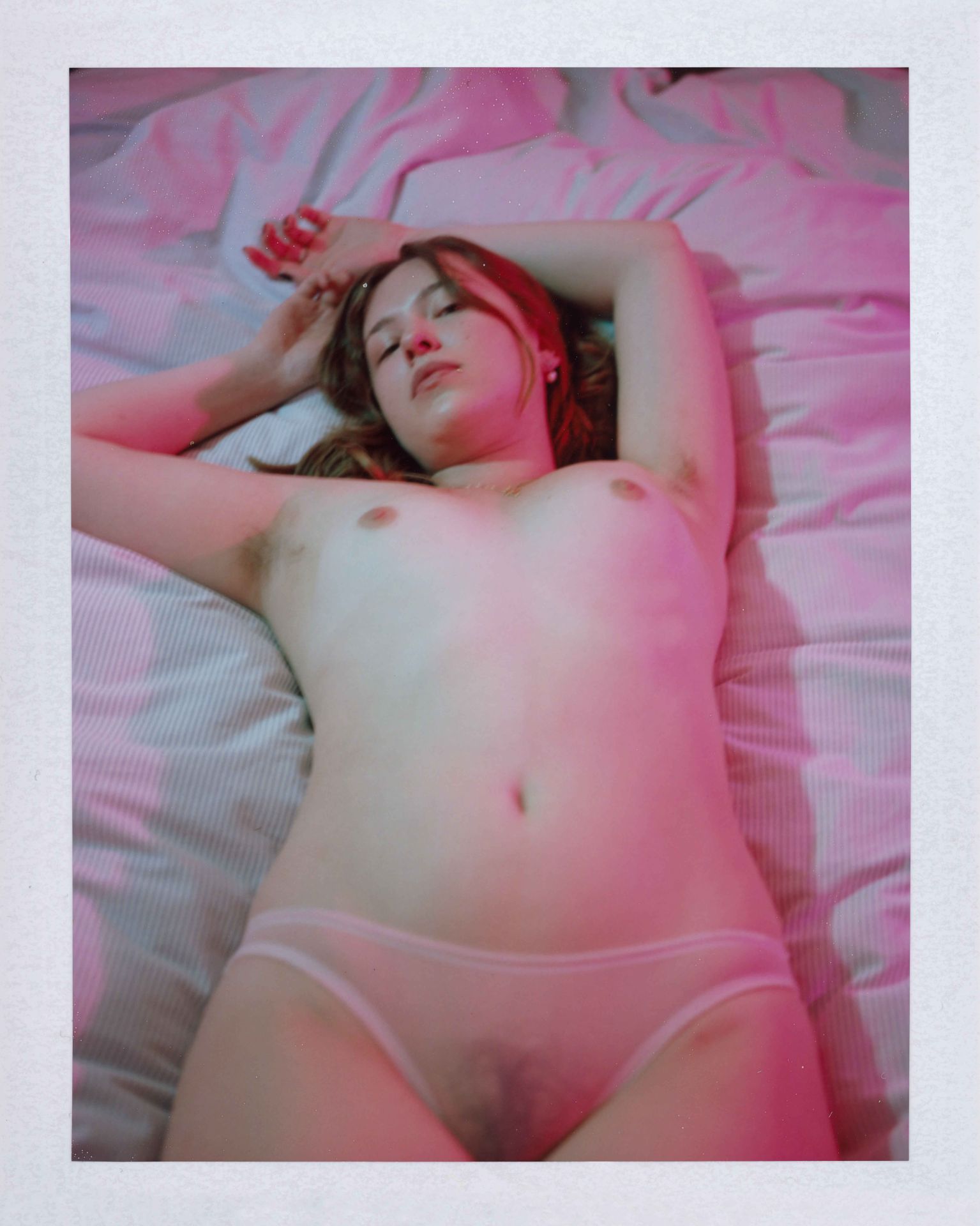






“I am contorted and confronted with these vignettes and sexy ideas—sexy girls looking sexy by looking like themselves, girls changing shape and conjuring energies that intercept one another, and, together, they all make sense. Kirra with the ball in her mouth is completed in form by Mika the clothing dealer with her plump tits through the black see-through ruffle top. Or was that the shirt I’m wearing? Ah yes, Mika’s tits are out. We’re all sort of dealers of something, but, here, we have nothing to sell.”

The Sexiest Thing on Earth
Old friends and frequent collaborators, Richard Kern and Mel Ottenberg are NYC Downtown living legends who have spent their careers searching for the Sexiest Thing on Earth, while learning the importance of staying true to themselves. In Summer 2024, while spending their holidays respectively in Miami and Provincetown, the two sat down for a broad, biopic conversation delving into their lives and careers, porn and perversion, fashion and image making.
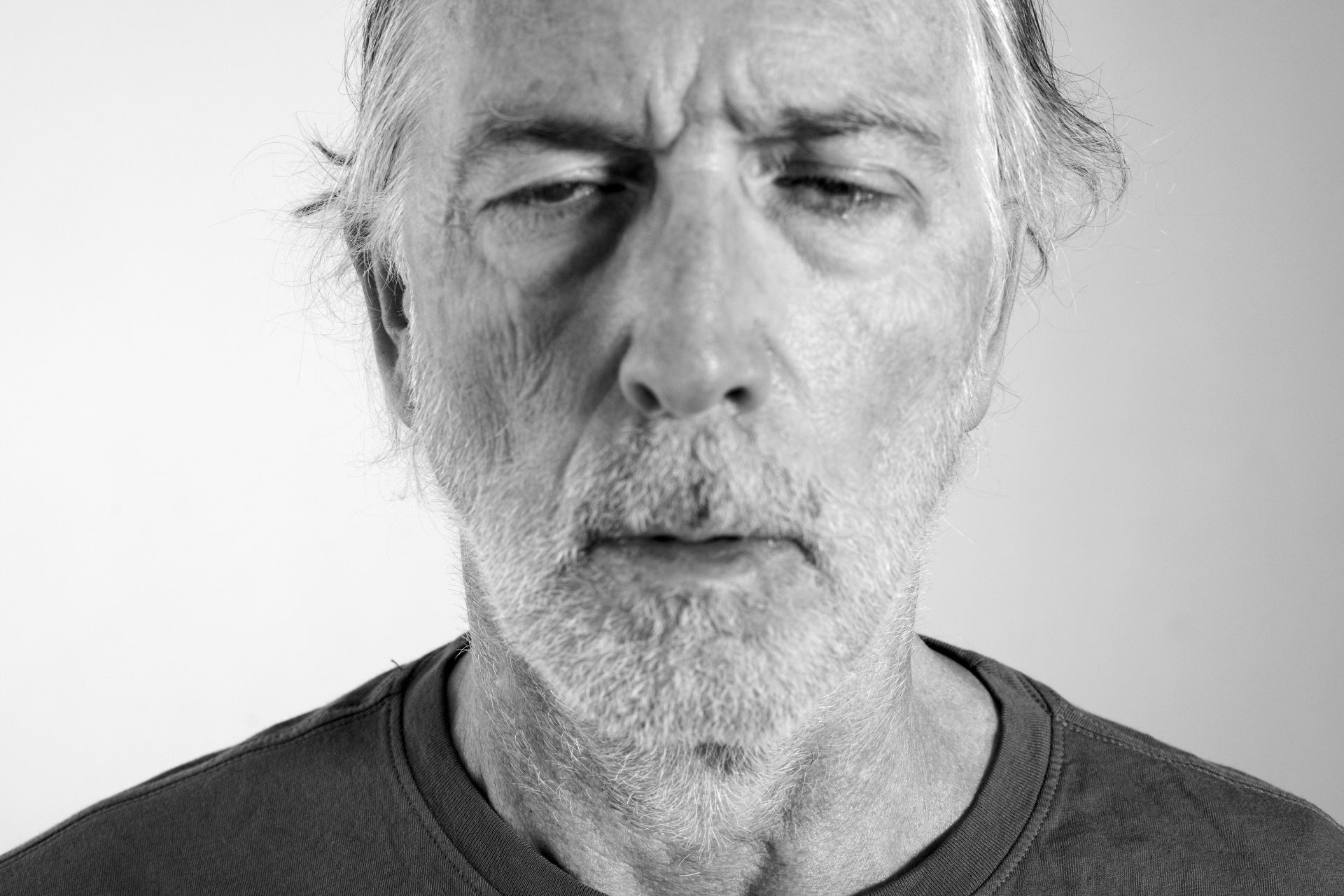
Richard, what are your visual references when it comes to art and photography? I mean, for me, I have folders filled with stuff. I wish they were more organized. I wish I updated them more. But I like going through them, sifting through things that interest me. They are full of all kinds of shit, but, recently, it’s been very film-related. At the moment, I really like those Russ Meyer-isms, like food and corny faces and stuff, and I also recently watched Grease 2 (1982), which is fucking terrible and amazing, and that’s worked its way into a shoot. Films are really hitting me hard these days. What about you?
It’s pretty much the same thing with me. But I’m always thinking about a work as part of a series. I can just have a bunch of people and then line them all up and have them all doing the same thing. The most recent one was girls balancing books on their head, and that worked because they can’t pose while they’re doing it.
Instead of knowing exactly what their angles are.
Yeah. I used to have girls doing eye drops or brushing their teeth, because these are things you can’t really pose. It’s just stuff that puts the model a little bit off balance. But then I also shoot girls in bed. To me, it’s like a really basic image—it’s a woman lying in bed, you know? Whether she’s got clothes on or not. I’m looking for places where I would like to see that woman—or man, or whoever—I wanna see them in the shower. I wanna see them in the bathroom. I wanna see them sitting on the toilet. I wanna see them lying in bed.

Richard Kern
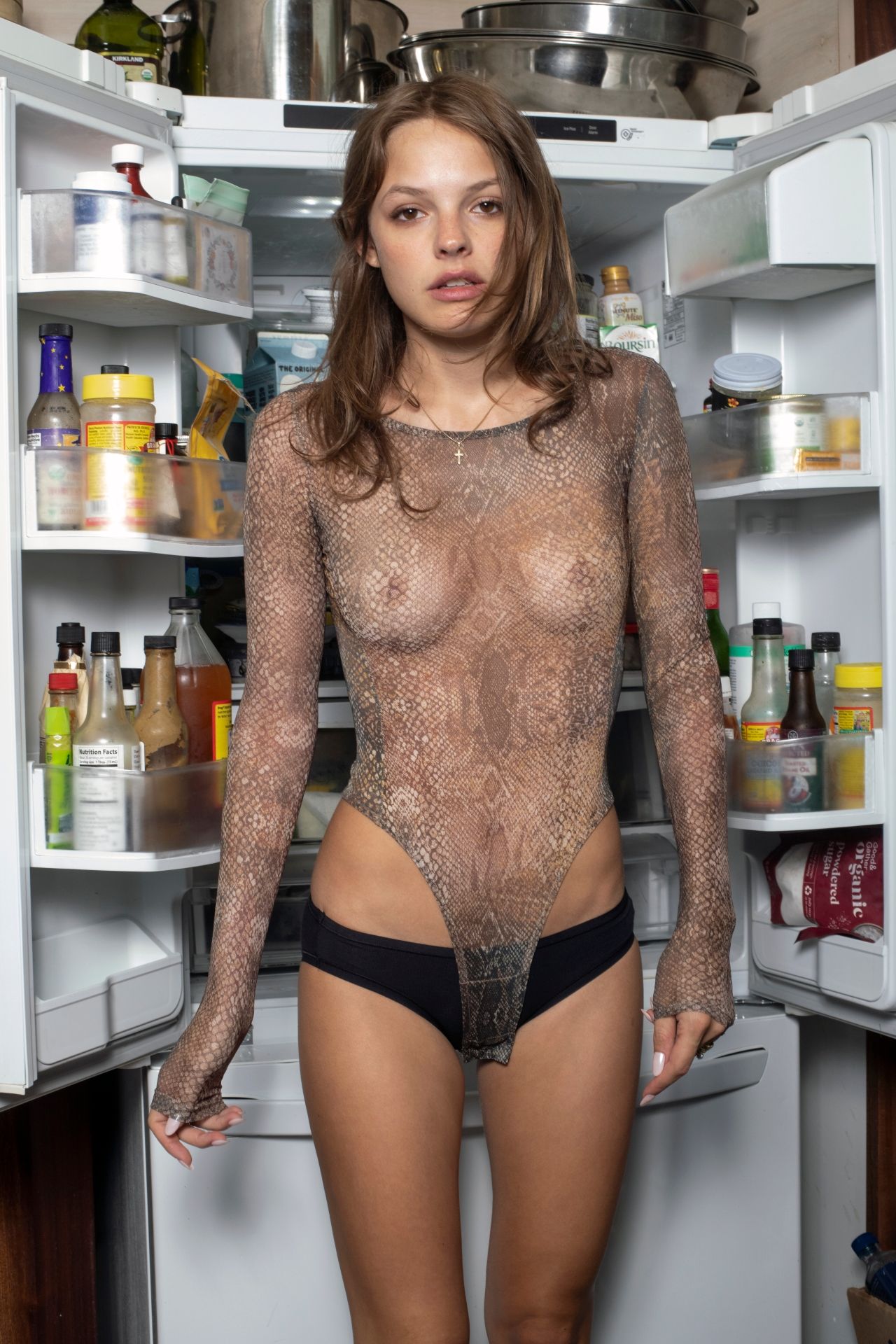
Shot between 1979 and 1981 and recently gathered in a zine published by Hassla, Richard Kern’s images of car wrecks are one of his earliest photographic works to date. Commenting on the symbolic power of the crash car’s imagery within American visual culture, an essay by Reilly Davidson discusses this work as it relates to Kern’s biography—from his formation years as the son of a reporter in North Carolina to his early days as a flaneur of a devastated, gritty, New York, and his mature career of a photographer of things we’re not meant to look at.
CARS
“What occurs, then, when happenstance meets cataclysm? Kern’s images orbit around the banality of disaster and the variable of opportunity. His impulses are on full display, as he once traversed the decaying minefields of Manhattan. These images impress upon the view era death without body. Victims and perpetrators of vehicular homicide have been extracted from the fatal site. In this case, what is presupposed by the abandoned wreckage is a confluence of violence and the afterlives of American fetish-objects.”

My Younger Self
Scottish artist Lucy McKenzie met Richard Kern while she was still an art student. He was looking for models; she wanted to breathe the Lower East Side’s air and meet some of her most beloved artists who happened to gravitate around Kern’s downtown scene. Soon, she ended up posing for him. Through an introductory text by Marie Canet, we discover the veiled yet pivotal relationship between these early modeling experiences and her artist practice—further deepened by an interview with Felix Petty about the notions of pornography and fashion as vehicles for desire and control.
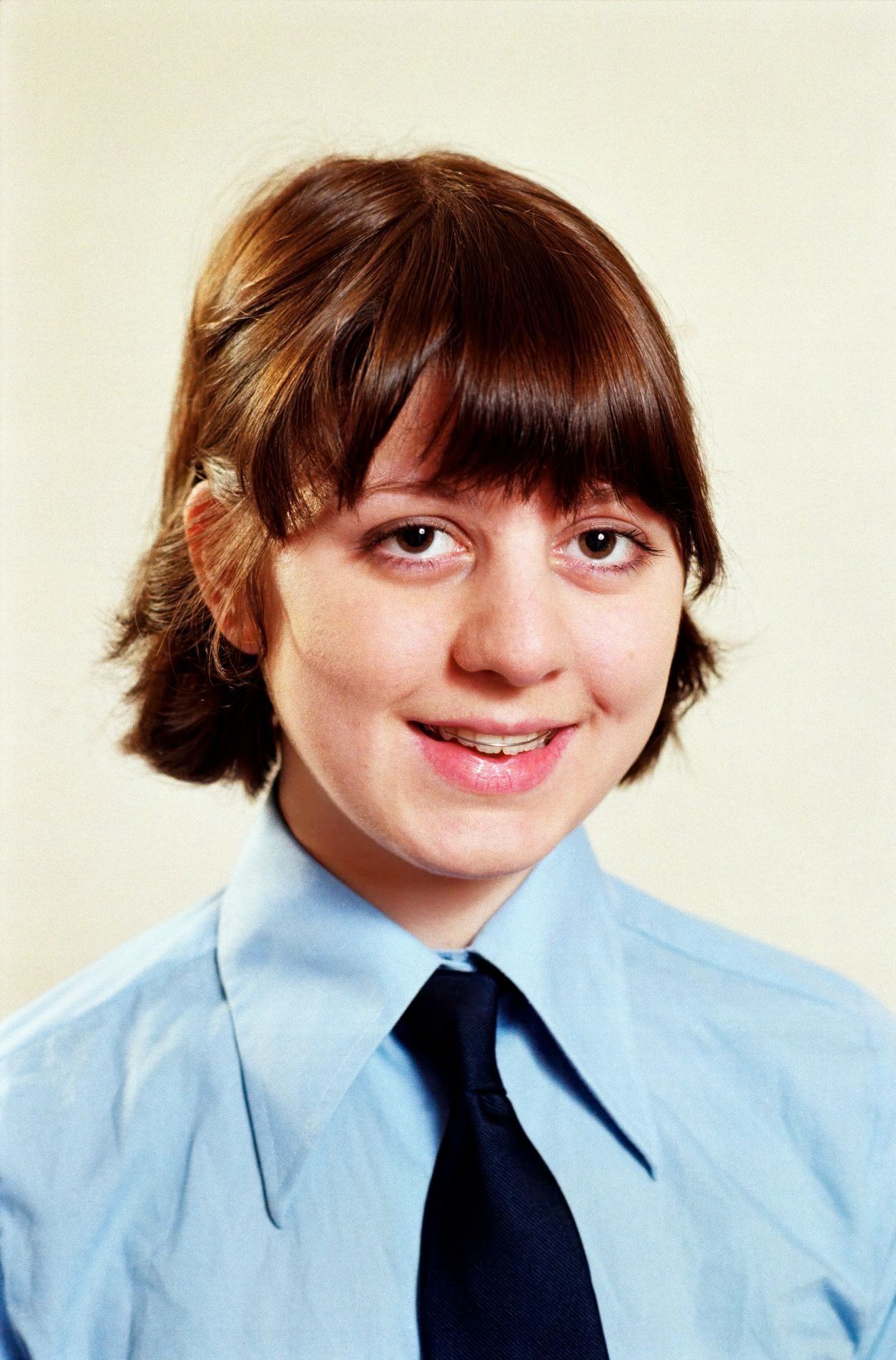

How did you meet Richard Kern and start working with him as a model? You were still an art student when you two met.
Yes, I was 18 and had just started art school. The topic of working for Richard is something I’ve always enjoyed thinking about, especially as it recedes into the past. Recently, I have been thinking about it a lot because of some work I’m doing with curator Marie Canet and artist Reba Maybury. I was actually pretty shocked at how clearly this experience with Kern influenced my work, and often in not such an obvious way. For example, I remember being in these magazines, like Barely Legal, Tight, or Leg Show. They ask you these questions about your sex life and what you’re into. And I just instinctively knew that you shouldn’t tell them the truth. You just answer, “Yeah, I’m a dirty girl and I’m into older men.” I recently got one of those magazines out from my archive and read the interview, it was just so full of ridiculous lies. And so, I thought, “God, maybe this was my very primal idea of the trompe l’oeil, the fake.” As an artist, you’re actually driving towards a truth. But, instead of thinking about it just as lying, it was a very early experience of an extremely scripted space where what you’re meant to do is move from position to position. Everything is set, and in some ways that’s bad, but it’s also very interesting. I think that working for Richard had a really profound impact on my thoughts over the last 30 years, especially as an art student, developing against my practice, while having this other very inspiring, haptic context to be part of. But there has always been a kind of balance between the two.


A black-and-white gem from Richard Kern’s archives, in the beginning of the 1980s, the photographer documented the violence and lawlessness of New York City’s streets from his home in the East Village, where he shot drug busts, fights, and arrests. Shot during the same timeframe, in 2023 the series was released by Hassla in the form of a companion zine for CARS. Reilly Davidson contextualises these images within the bigger framework of Kern’s wide and diversified photographic production, while she also reflects on the artist’s first pivotal years in a New York defined by brutality, widespread drug abuse, and boredom.
COPS
“From various East Village perches, he captured the heightened police brutality of the time: a drug bust on 13th and another on 3rd Avenue, a chance scuffle in the subway station. These images of micro-battles refract the war paintings of Peter Paul Rubens, Jacques-Louis David, and Antonio Gherardi. Kern’s photographs, however, are markedly one-sided in their violence. Those on the receiving end of police brutality are hard to parse in these photographs, whether facing away from the camera’s lens or blurred as a result of the chaos.”

None of These Words Are in the Bible
In 2024, Los Angeles-based literary enfant terrible Honor Levy released her first book, titled My First Book—a collection of short stories that circle around existential confusion, love in the digital world, and the hyperreal experience of inhabiting the 21st century’s memetic landscape. Styled in full Guess USA in a downtown New York apartment, she poses for Richard Kern in the style of his best-known series. Meanwhile, she chats with Daria Miricola about conspiracy theories, dads’ reading habits, and biblical word counts.

Had you already met Richard before he shot you for this project, this summer?
I have lots of friends who are friends with him. But I’d never actually met him before.
I loved a portrait he took of you that referenced his renowned series “Medicated,” which features girls posing while holding the meds they take. Meds have been a strong leitmotif within Kern’s imagery, like books. In the portrait with a library in the background, I noticed many books about conspiracy theories. Are you into conspiracy theories?
The books aren’t mine, but yes, a little bit.
I read your book this summer and I loved it. But even before reading it, I was captured by the cover—the shade of blue with those pretty ASCII artworks—and especially the title, My First Book. I love that it’s kind of self-explanatory but also original and playful. I can tell either you or your editor have a thing for tautological titling. It might sound silly, but while reading, one is led to think about what is real and what is staged. All the stories seem to contain elements of autobiography, but, at the same time, it is not always easy to discern which parts are fictionalized.
Well, I think when I was writing it with Giancarlo [DiTrapano] years ago, I was very interested in the language of personal essays and cultural criticism, and I was like, “What if I wrote personal essays or cultural criticism that just had a lot of lies in them?” So, even the most autobiographical stories, all of them have lies. But some things instead really are crazier or funnier than anything you could ever make up.

RICHARD KERN BY RICHARD PRINCE

“Unperfect girls with no lies. They like to stick their ass up in the air for kicks. When school gets out they don’t go to glee club, they go to detention. The beavers in Richard’s photos are wide open and filled with fingers and rubber and surrounded by see-through panties with stenciled Disney cartoons. They smoke dope, pick their noses, pee on the floor, and drink cum out of condoms. I wonder if Richard fucks any of his models. I don’t think so. He’s there for the photograph, not for sex. The sex is in the taking. It’s in the conversation between the girl and the camera. When Richard is looking through the finder and framing his view, all he wants and all he gets is thinking. It doesn’t make him hard, it makes him happy. When he squeezes the shutter he’s biting the girl. He’s eating her. His eye doesn’t blink and his brain is washing. He’s surrounding his girl and making her live. He knows what will happen after, when he gets back to his room and he’s looking at his slides... When he’s taking the picture now, he’s looking forward to later. It’s the knowing of what he’s getting that turns him on and makes him go.”

Richard Kern
FILMS
Before embarking on a career as a photographer, Richard Kern was R. Kern, one of the visionary talents behind the sex-and-violence splattered world of the Cinema of Transgression, one animated by artists, muses, and key underground figures such as David Wojnarowicz, Kim Gordon, and Lydia Lunch. First a fan, then a friend and collaborator, Jesse Pearson memorialises Kern’s groundbreaking and gorey cinematic exploits punctuated by controversial episodes and reckless encounters happening in that lost, nihilist era.
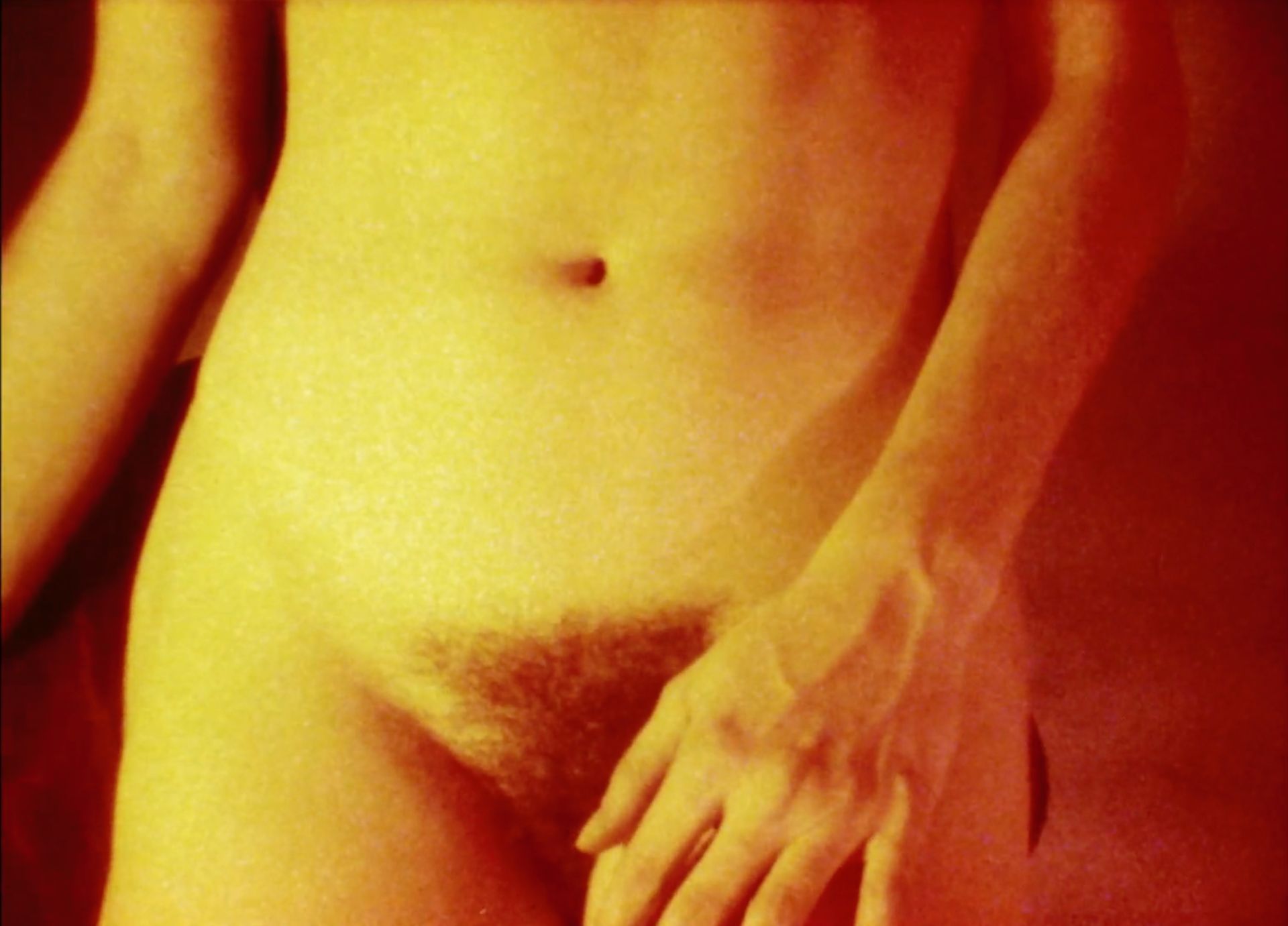
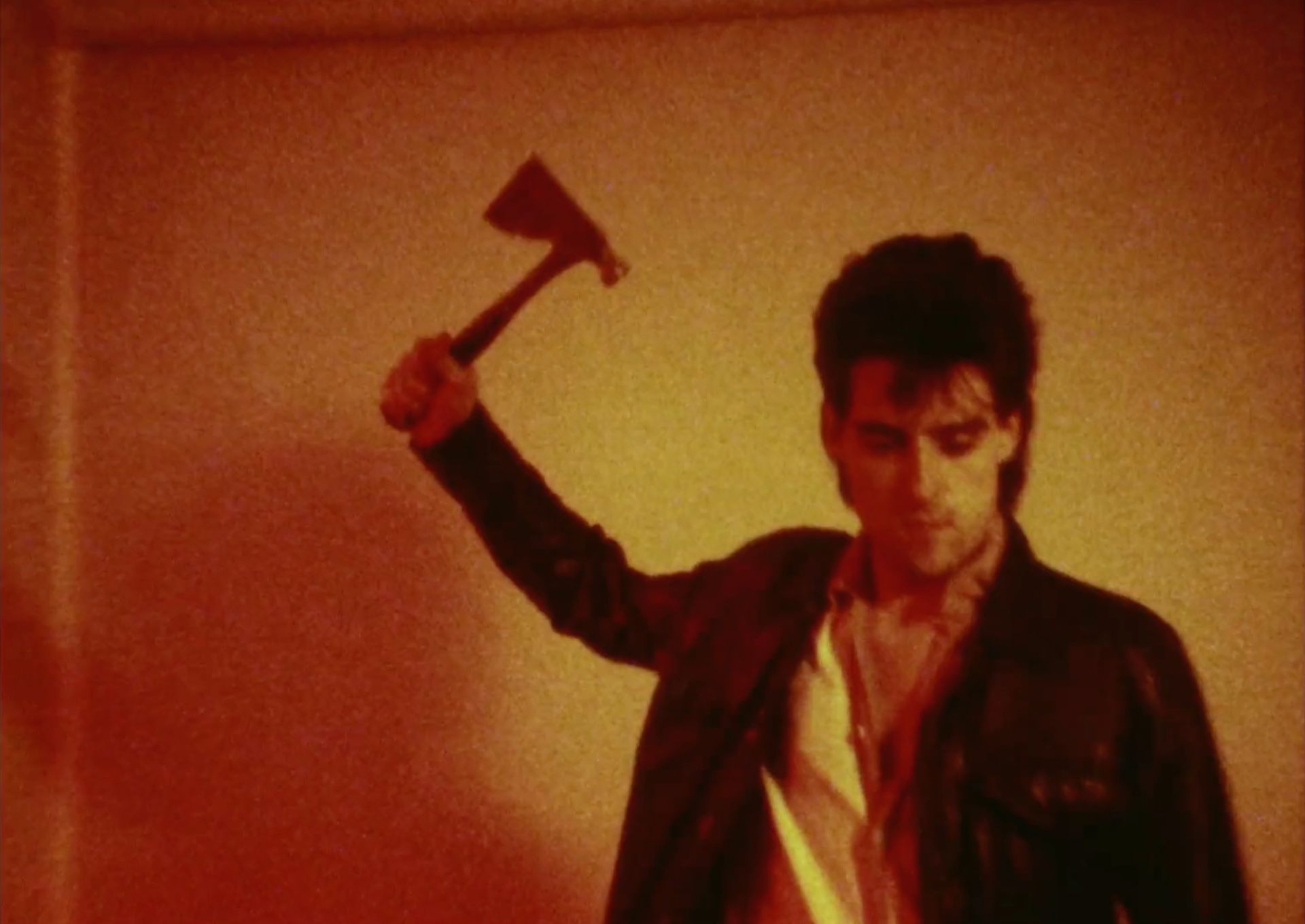









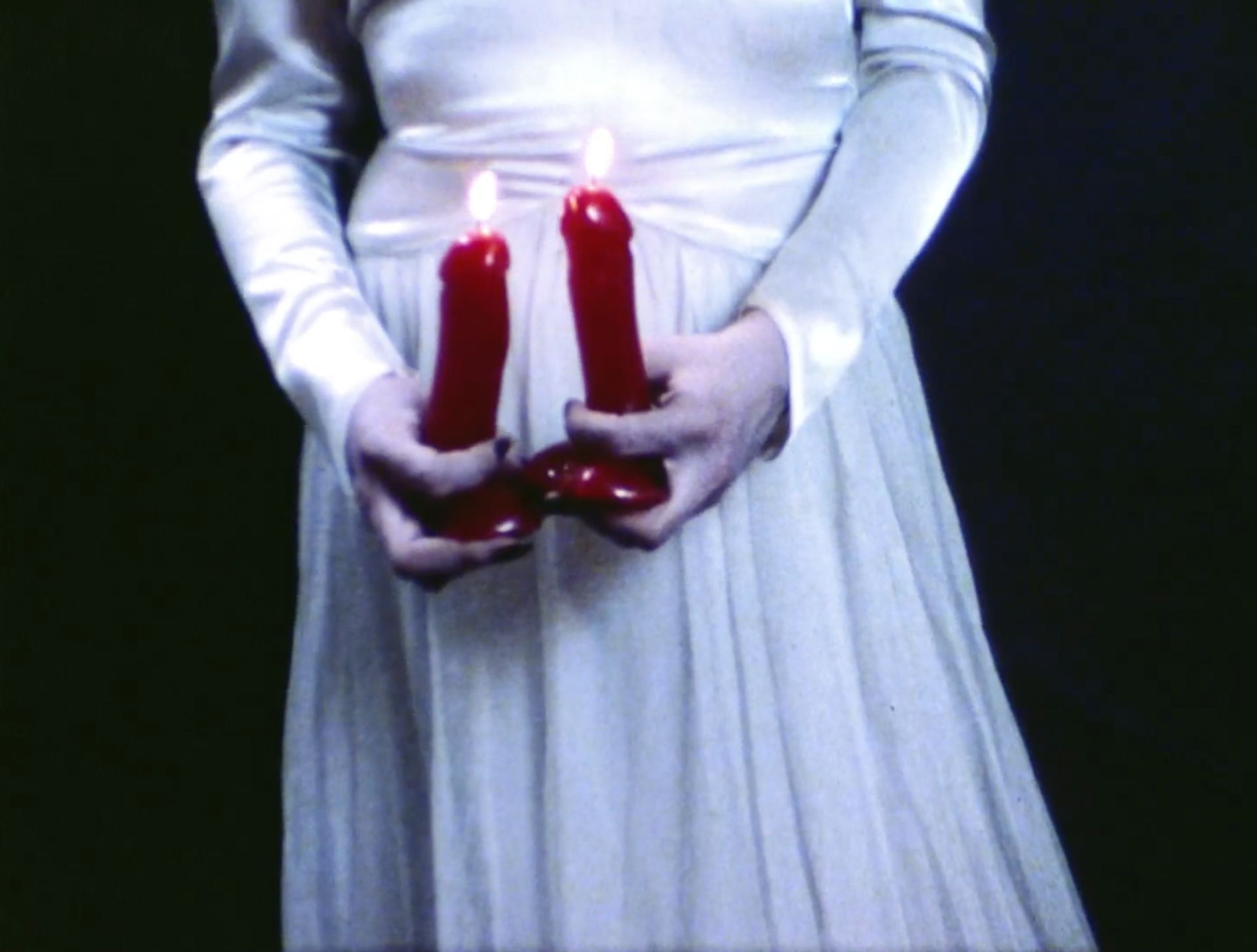
“As a teenager in the early 90s, my first solo trip to New York City involved a handwritten to-do list that I really wish I still had today. Among such items as “Buy House singles at Dance Tracks in the East Village” and “Survive an Agnostic Front hardcore matinee at CBGB,” there was an equally important task that would turn out to have a lasting impact on my life: “See some R. Kern movies at all costs.” The friend I was visiting was happy to accommodate this lust, and she guided me via subway to Mondo Kim’s on St. Mark’s Place, where we rented a bootleg compilation of Kern movies which we later watched surreptitiously on her parents’ VCR after they went to bed. This was my first time seeing such bonafide Kern classics as Fingered (1986), You Killed Me First (1985), and Stray Dogs (1985), and they more than lived up to their reputation: harsh, sexy, and thrilling, but also—and this is an essential part of Kern's cinema to me—funny and smart.”

Behind The Scene
Kern’s landscape photography in the 80s is a testament to his practice’s continuous rebounds between the American outer and inner environments—a black-and-white time capsule from a lost era of New York City. Intimate domestic scenes and early film sets are interwoven with a chronicle of disparate vernacular attractions, from the Playboy Hotel & Casino to the Coney Island Luna Park. In an accompanying interview with Erik Morse, Kern reflects on lights, sets, interiors, architectures, and everything but the girls.

In the work over the last 25 years, a lot of critics focus on the girls. But when you’ve discussed your photographs, you do talk about things like background, lighting, location, the objects in the photograph. And, looking over your photos, especially the early photos have a grittier, kind of flop-house aesthetic. And then, you go from the black-and-white photos to the fluorescent lighting, the kind of Jimmy DeSana style for a bit, and then you shift over to the softer, naturalist vibe. I’m wondering if these ideas of environment, and space, and background... were you always really attuned to them? Or were they something that kind of developed for you as you photographed?
There’s one photo where I first noticed that—it was around 1997, and I was shooting in Paris. The girl’s putting in eyedrops in front of the window, and I realized, “Wow, you can see what’s going on outside too.” I didn’t realize it till later, but that was the first time that happened. And then I really started using windows just to put it in a place where there was a little bit of extra stuff going on outside. Then I really started developing, thinking about interiors. And a lot of times I’ll be shooting, and the model is completely backlit and she’ll say, “Is this right?” Am I standing right or whatever?” And I’m like, “I’m not even looking at you” because I’m just looking at the background.

PUBLISHED BY KALEIDOSCOPE IN PARTNERSHIP WITH GUESS USA PHOTOGRAPHY BY Richard Kern CASTING AND PRODUCTION
No Agency New York
Buy Now








